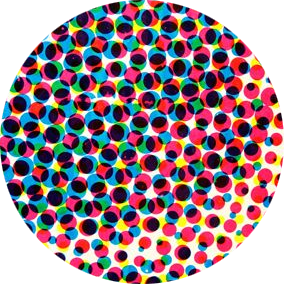The Other Kind of Bleeds in Emily Carroll’s “Through the Woods”

In “Bleeding Panels, Leaking Forms,” scholar Miranda Corcoran argues that Emily Carroll’s thematic aims in Through the Woods are greatly enhanced by the frequent use of panel bleeds in her draftsmanship to create scenes that can become, quite literally, boundaryless. 1/11




Corcoran further notes that, in Through the Woods, “horror arises from those moments when bodily boundaries are threatened, ontological states traversed and the border separating wilderness from civilisation breached.” 5/11

Now, as defined by Scott McCloud in Understanding Comics, a bleed occurs when “a panel runs off the edge of the page…Time is no longer contained by the familiar icon of the closed panel, but instead hemorrhages and escapes into timeless space.” 6/11

Corcoran observes that “Bleeds are a recurring stylistic feature in Through the Woods. Carroll’s work assiduously avoids anything resembling the conventional nine-panel grid so often deployed by mainstream comics…” 7/11

“…Carroll’s panels more often than not simply dissolve into the darkness that lurks at their edges so that there is no longer an identifiable distinction between the image and the negative space that constitutes the rest of the page;…” 8/11

“…the line between pictorial representation and blank nothingness is rendered tenuous and meaningless.” In consequences of this, “Carroll’s bleeds are an integral and ubiquitous motif throughout her work…” 9/11

“…Often the capacity of her images to seep beyond the borders of the panel helps to contextualise her stories within an immense wilderness or sinister space; in other instances of seepage, the bleed suggests moral ambiguity or existential threat.” 10/11

In all instances, the stylistic effect is to create a sense of blurred boundaries and, within the dark and evocative worlds that Carroll constructs in “Through the Woods,” there are consequences for transgressing boundaries. 11/11
If interested, you can read the full and fascinating article here: https://www.comicsgrid.com/article/id/3600/
